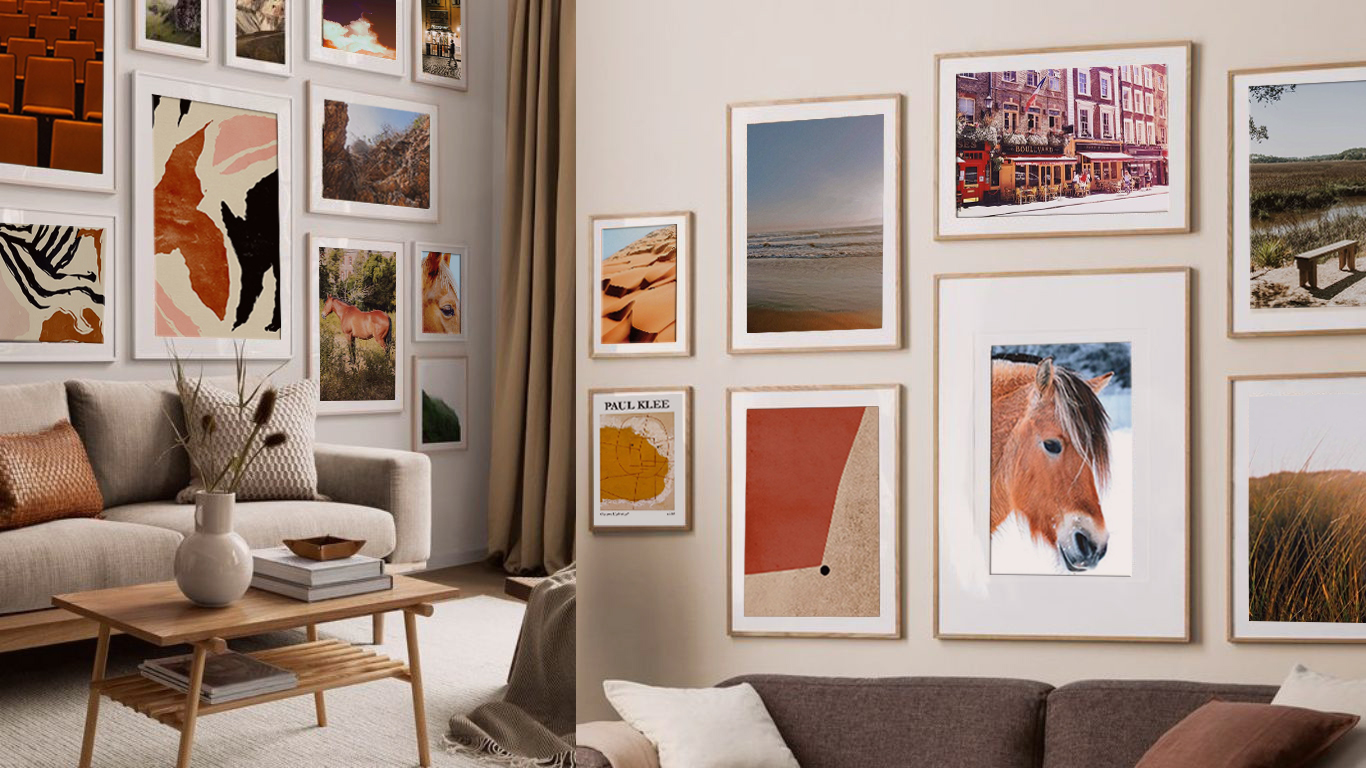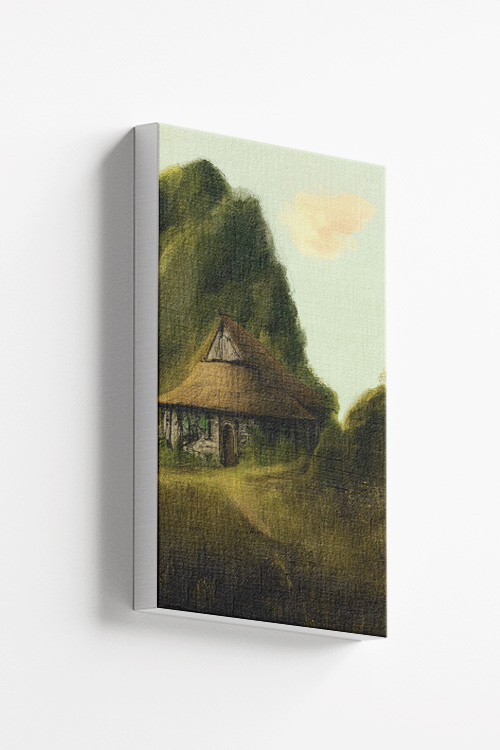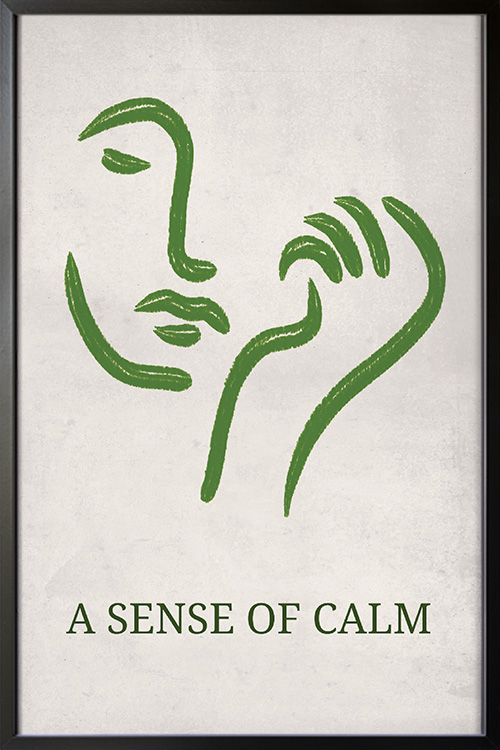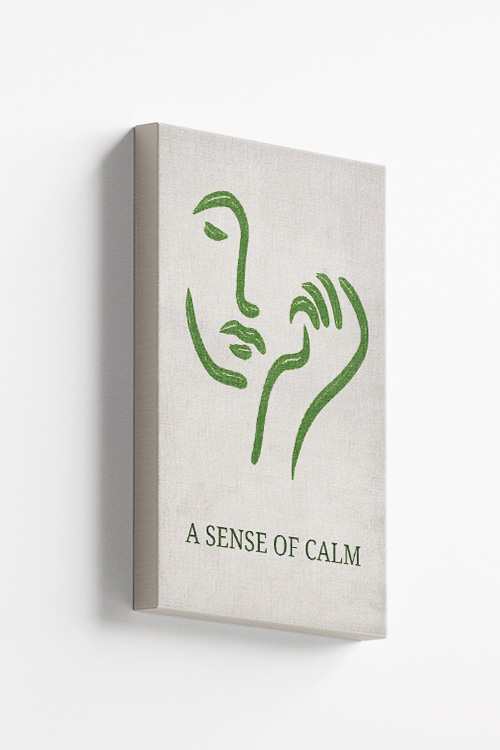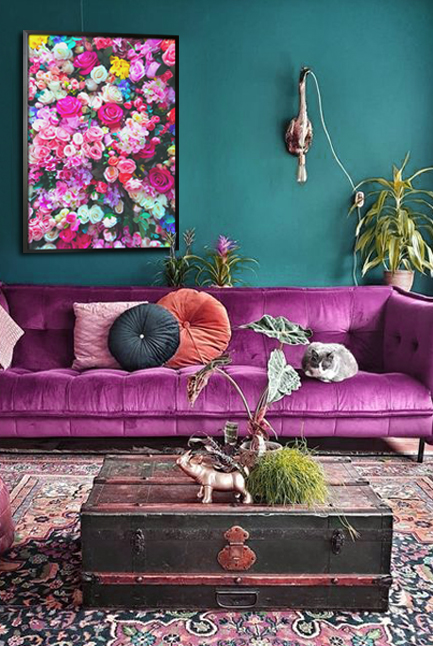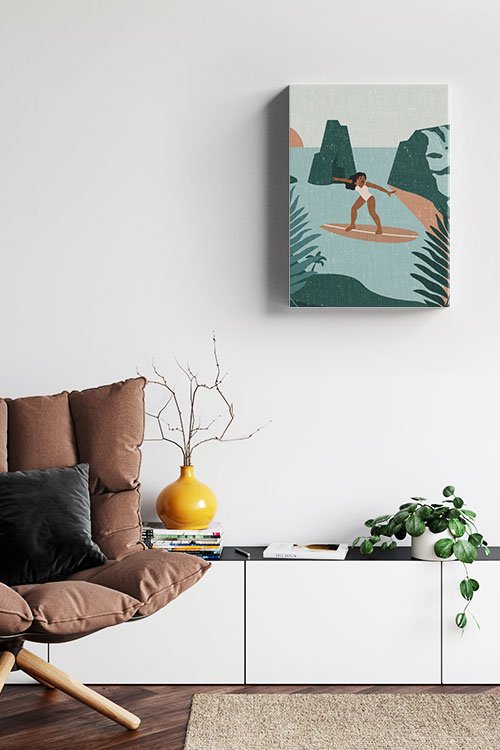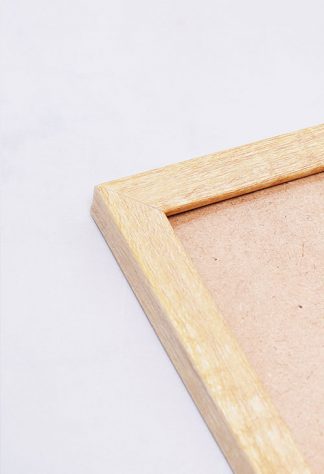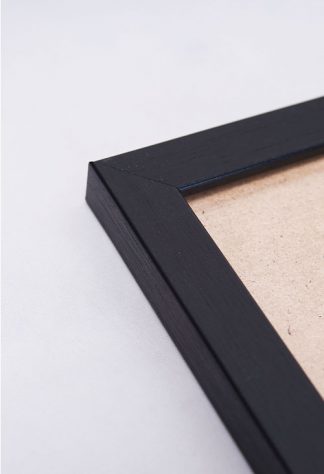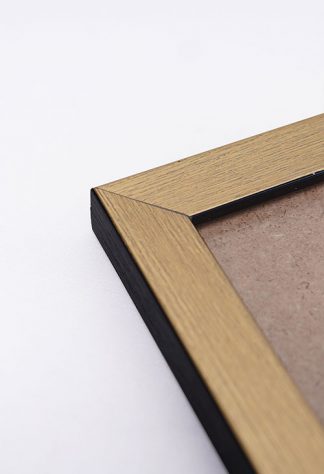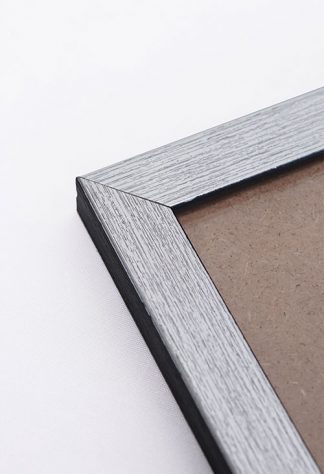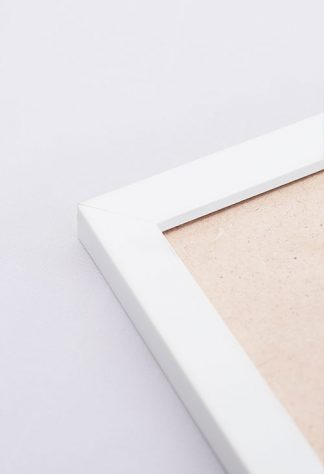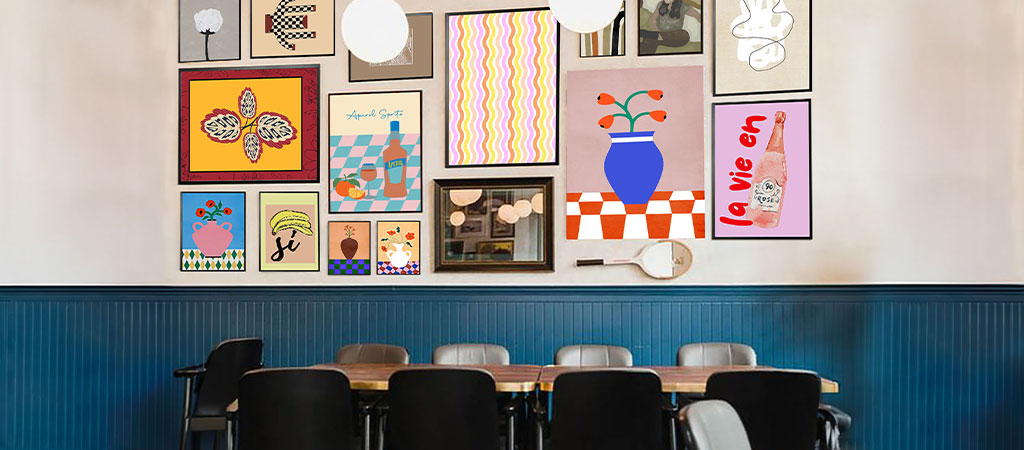
A gallery wall is a stylish and personal way to showcase your favorite art prints, adding character and visual interest to any space. Whether you prefer a minimalist look or an eclectic mix, creating a well-balanced and cohesive gallery wall requires careful planning and creativity. Here’s how to do it:
Choose a Theme or Style
Start by deciding on a theme or style for your gallery wall. It could include abstract art, botanical prints, black-and-white photography, or vintage posters. A cohesive color palette helps tie the collection together, even if the artwork varies in subject or style.
Select Your Art Prints
Curate a selection of prints that complement one another. Mix different sizes, orientations (portrait and landscape), and artistic styles to create visual interest. Consider combining illustrations, typography, and photography to add depth and variety.
Plan Your Layout
Before hanging anything, arrange your prints on the floor or use a digital layout tool to experiment with different configurations. An asymmetrical grid works well for a modern, structured look, while an asymmetrical layout creates a more relaxed, artistic feel. Ensure balance by spacing pieces evenly and varying the sizes strategically.
Choose the Right Frames
Frames play a crucial role in the overall aesthetic of your gallery wall. Matching frames create a polished and uniform look, while mixed frame styles (wood, metal, black, white, or gold) can add a more eclectic, dynamic feel. Floating frames or frameless prints can also work for a contemporary effect.
Mark and Measure Your Wall
Use painter’s tape or paper cutouts to map out the placement of your prints on the wall. This helps visualize the final look and ensures correct spacing. Generally, keep 2–3 inches between each frame to maintain a balanced arrangement.
Hang Your Art Prints Securely
Once you are satisfied with the layout, start hanging your prints. For a damage-free option, use picture-hanging strips or nails. For a more permanent setup, begin with the central or most significant piece and work outward to maintain balance.
Add Personal Touches
To enhance your gallery wall, incorporate small decorative elements like mirrors, wall-mounted shelves, or plants. This will add dimension and make the space feel more unique.
In a Nutshell
Following these steps can create a stunning gallery wall that reflects your personality and enhances your space. Whether in a living room, bedroom, or hallway, a well-designed gallery wall brings creativity and charm to your home.
